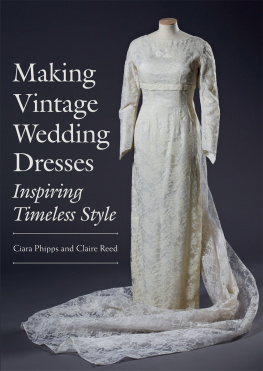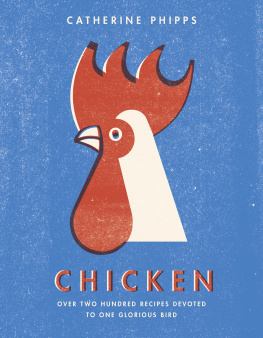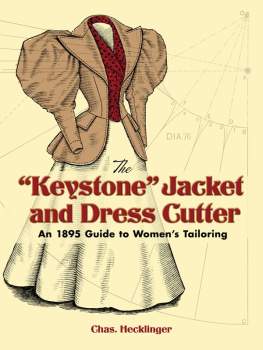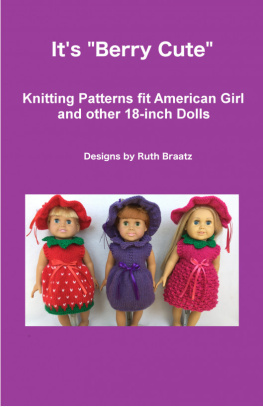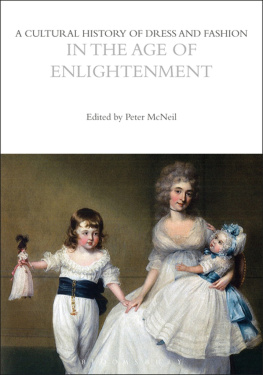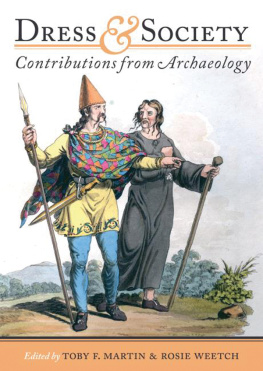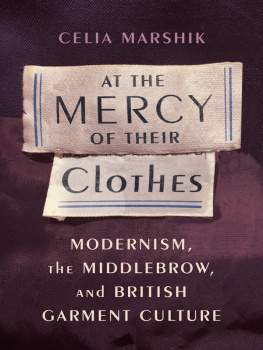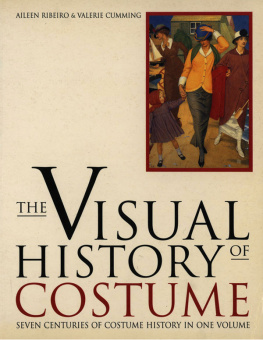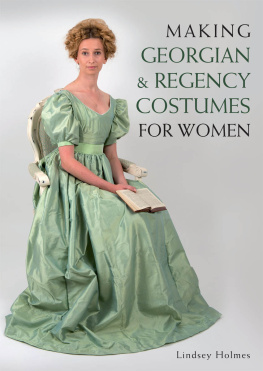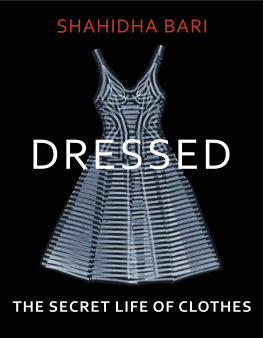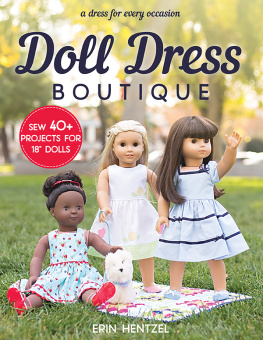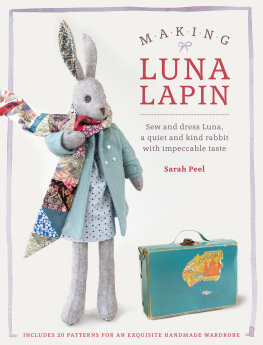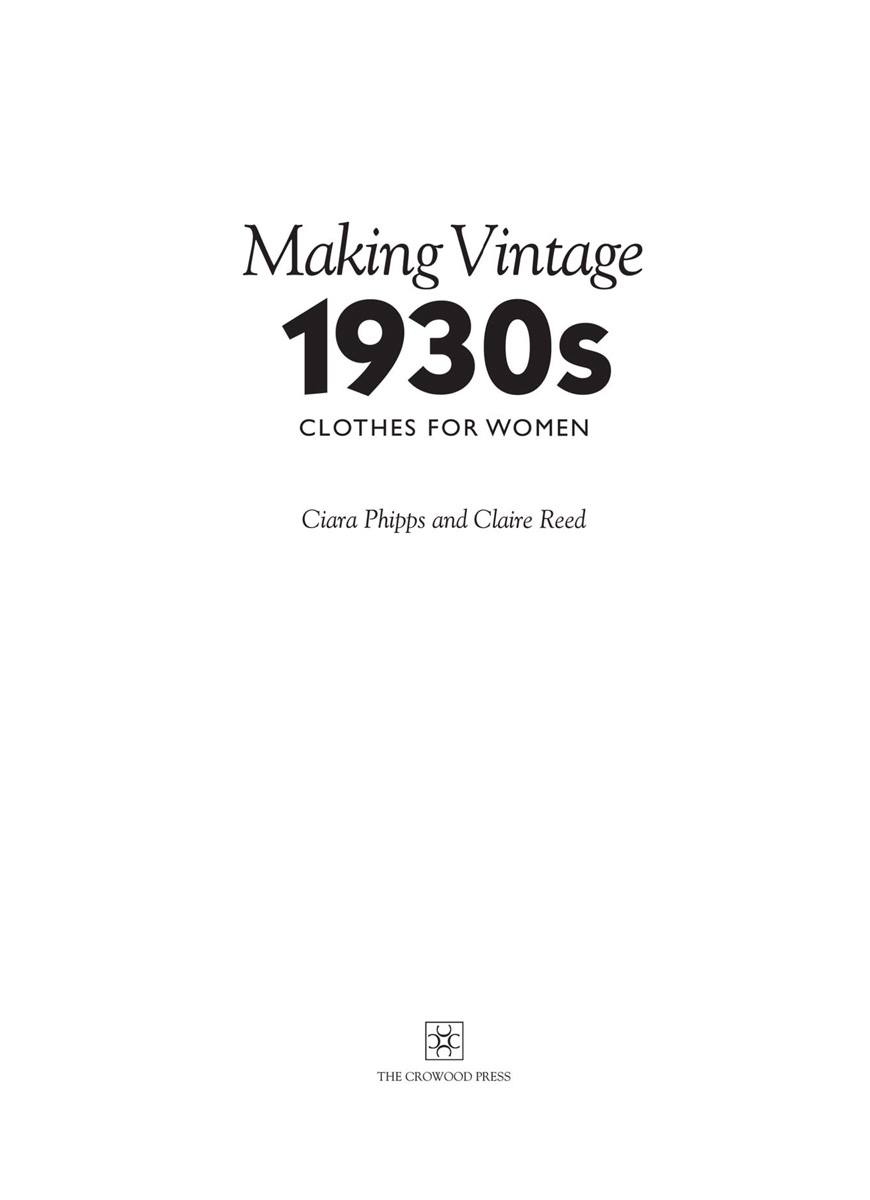First published in 2018 by
The Crowood Press Ltd
Ramsbury, Marlborough
Wiltshire SN8 2HR
www.crowood.com
This e-book first published in 2019
Ciara Phipps and Claire Reed 2018
All rights reserved. This e-book is copyright material and must not be copied, reproduced, transferred, distributed, leased, licensed or publicly performed or used in any way except as specifically permitted in writing by the publishers, as allowed under the terms and conditions under which it was purchased or as strictly permitted by applicable copyright law. Any unauthorised distribution or use of this text may be a direct infringement of the author's and publisher's rights, and those responsible may be liable in law accordingly.
British Library Cataloguing-in-Publication Data
A catalogue record for this book is available from the British Library.
ISBN 978 1 78500 502 2
All photographs Tessa Hallmann Photography
Dedications
Ciara: For Oran, Mum and Agnes.
Claire: This book is dedicated to the memory of my grandmothers, Daisy and Nora; also to Mum, my one-woman PR machine, and to my husband Clive, who always tells me how proud he is of me.
Note: The graph-paper diagrams in this book are in centimetres and millimetres
Contents
Wearing vintage clothing is often an alluring and enticing prospect, given the variety of exciting styles, shapes and fabrics available to recreate historic looks. Making vintage-inspired clothing allows the maker to engage with the different construction techniques that were used historically, the variety of dynamic patterns and shapes that were worn, and the magic associated with fashion from previous decades. Whether you are making garments for yourself or as a commission for someone else, the opportunity to embrace the elegance and sensual nature of clothing from the 1930s will encourage you to view clothing with a greater appreciation for its construction.
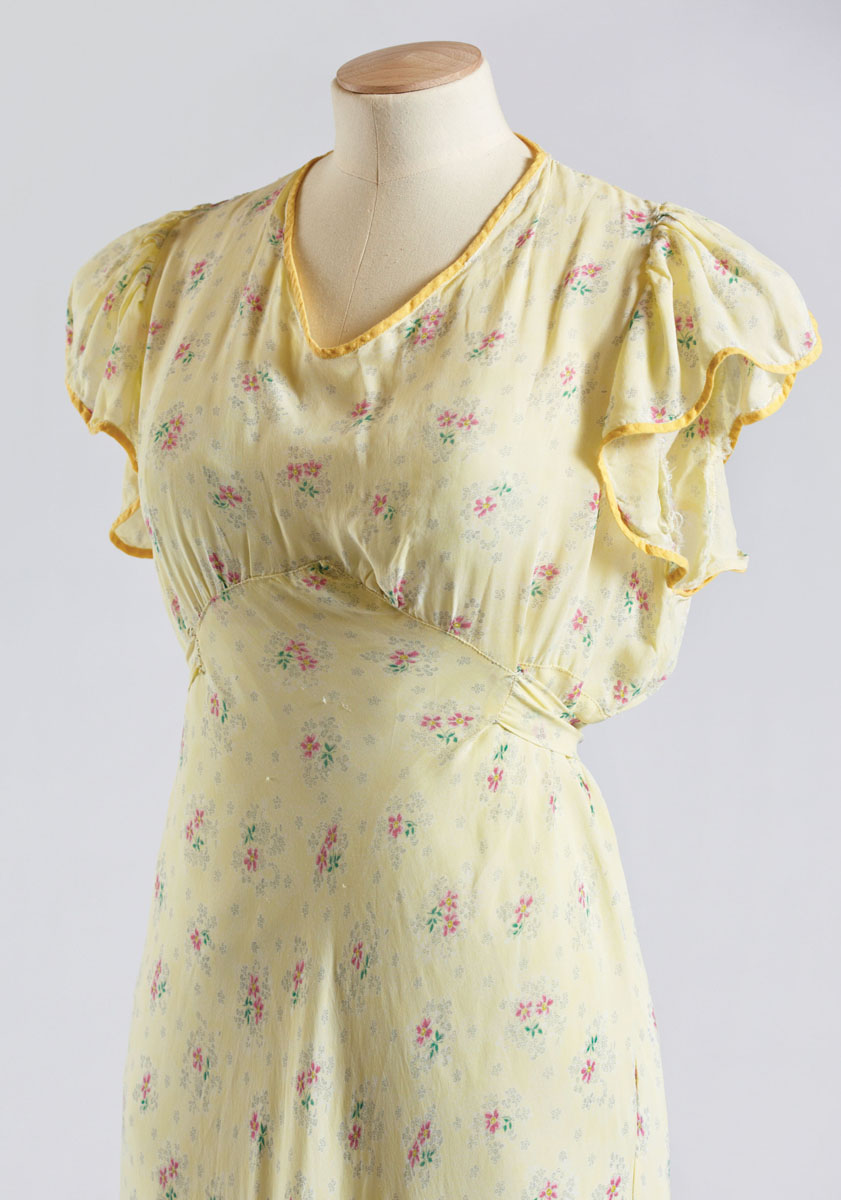
Summer day dress.
Embed elegance into your personal style by taking inspiration from the 1930s.
The wearable nature of fashion from the 1930s will allow you to create your own individual and unique look, one that accentuates and celebrates the shape of the female body. Both elegant and functional, thirties style is timeless and very translatable to the contemporary wearer. By incorporating garments inspired by or based on original thirties clothing into your own look, you can capture the chicness inherent in fashion from this fascinating era. The lasting appetite for both wearing and making vintage clothing comes partly from the unrivalled quality of early to mid-twentieth-century clothing. Whether ready-to-wear or couture, clothing made during the 1930s was of extremely high quality in its construction and finishing. This element of quality assurance gives the contemporary wearer and maker an understanding and appreciation for the importance of this quality when creating a timeless garment made to stand the test of time.
This book explores the history of 1930s clothing by unpicking the styles, designers and context of the era, providing a platform for you to understand how fashion from this decade developed, before moving on to learn how to reproduce your very own thirties-inspired garments. With instructions, patterns and photos, it looks at and celebrates the elegant fluidity of thirties fashion and the classic nature of the garments selected for re-creation in this book.
The 1930s was a time of crisis, conflict and upheaval; however, fashion, art and design flourished, providing a foundation on which designers could expand and develop after the end of World War II. The figure-hugging nature of clothing from the thirties and the development of activewear both demonstrate the change in body image and issues of social morality. A decade of liberation for women, the thirties is often called upon as inspiration for many contemporary designers. The bias cut will forever be a timeless feature of fabric manipulation and draping, something many designers and makers utilize today in order to achieve fluidity, sensuality and movement in the garments they are creating.
The beauty of vintage clothing is in its uniqueness.
Although hugely adaptable and wearable for the contemporary reader or maker, the interest and continuing love of thirties clothing is in its uniqueness. Whether you are looking to simply enhance your capsule wardrobe with some unique one-of-a-kind thirties garments to pair with contemporary clothing and accessories, or whether you are keen to embrace and redefine your look with a thirties twist, there are plenty of beautiful examples within this book to recreate and reinterpret.
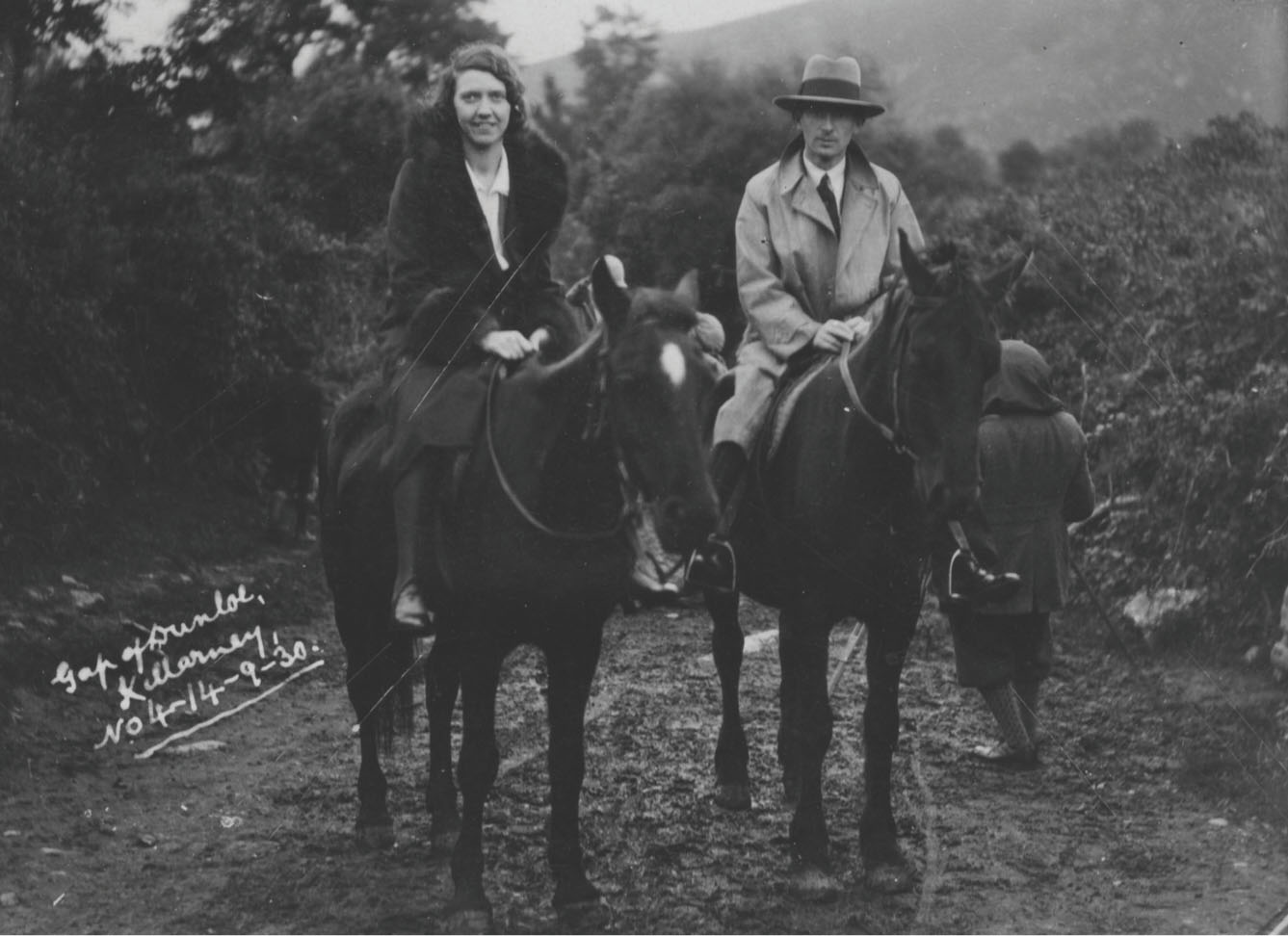
A woman with cropped shingled hair wearing a luxurious coat with fur-edged lapels and cuffs, riding a horse with a sophisticatedly dressed man in a trench coat and matching hat. Gap of Dunloe Killarney, 1930. (Ciara Phipps family photo)
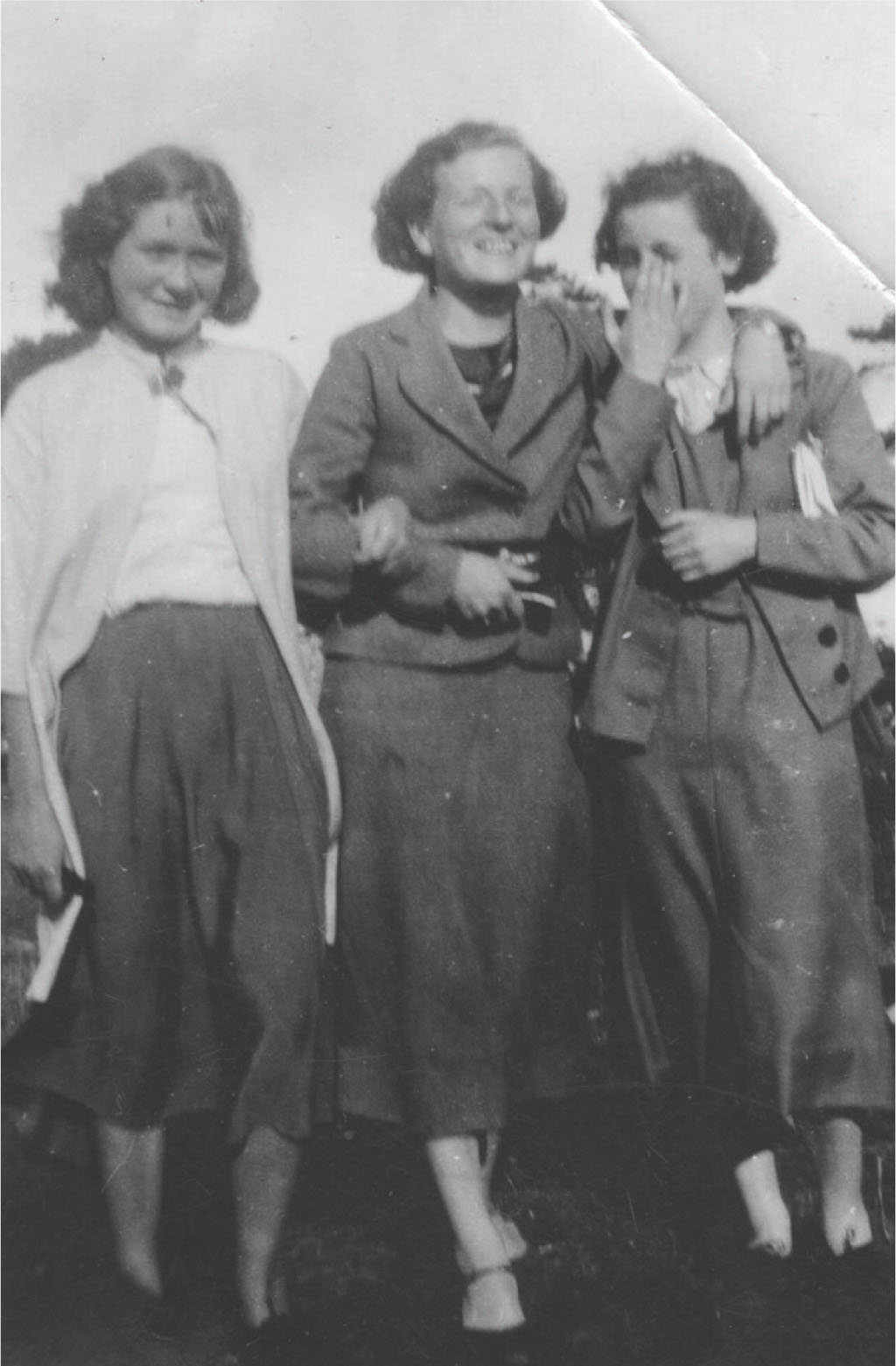
Three young women wearing mid-calf length woollen skirts with cropped blazers and short bobbed hair. The central woman wears a double-breasted cropped jacket, while the woman on the left of the photo has low slung buttons with wide decorative button holes, 1935. (Ciara Phipps family photo)
The garments included in this book are from the dress and textiles collection held at Southend Museums Service. This collection is vast and varied and includes examples of costume and accessories dating from the seventeenth century onwards. This collection also contains the largest and most comprehensive collection of swimwear in the country, which was a wonderful resource when researching the development of activewear and resort wear in the thirties. The collection of 1930s clothing within the collection is both diverse and dynamic, ensuring that a varied selection has been included here, allowing the reader to create a complete thirties-inspired capsule wardrobe. Given their unlimited access, the authors have been able to get up close and personal with each garment explored in this book.
The book begins with a lingerie set and moves through to a coat, and includes all the garments in between that would make up a classic 1930s wardrobe. With twelve extensive patterns, each chapter contains a garment or set of garments to make one outfit that can be reproduced or reinterpreted. This provides a good variety of thirties shapes, styles and designs to choose from, whilst also focusing on garments that can be translated to contemporary tastes and figures.
The patterns are taken from original 1930s garments and have been carefully measured and are accurate to within approximately 1.2cm (in). The measurements are non-standard, as each garment was bespoke-made for the individual wearer, and are for guidance only; however, they have been compared to current sizing standards as much as possible. It is always good practice to take accurate measurements of the individual for whom the garment is being made and the historical silhouettes portrayed in the patterns may require adapting for the modern body shape.



